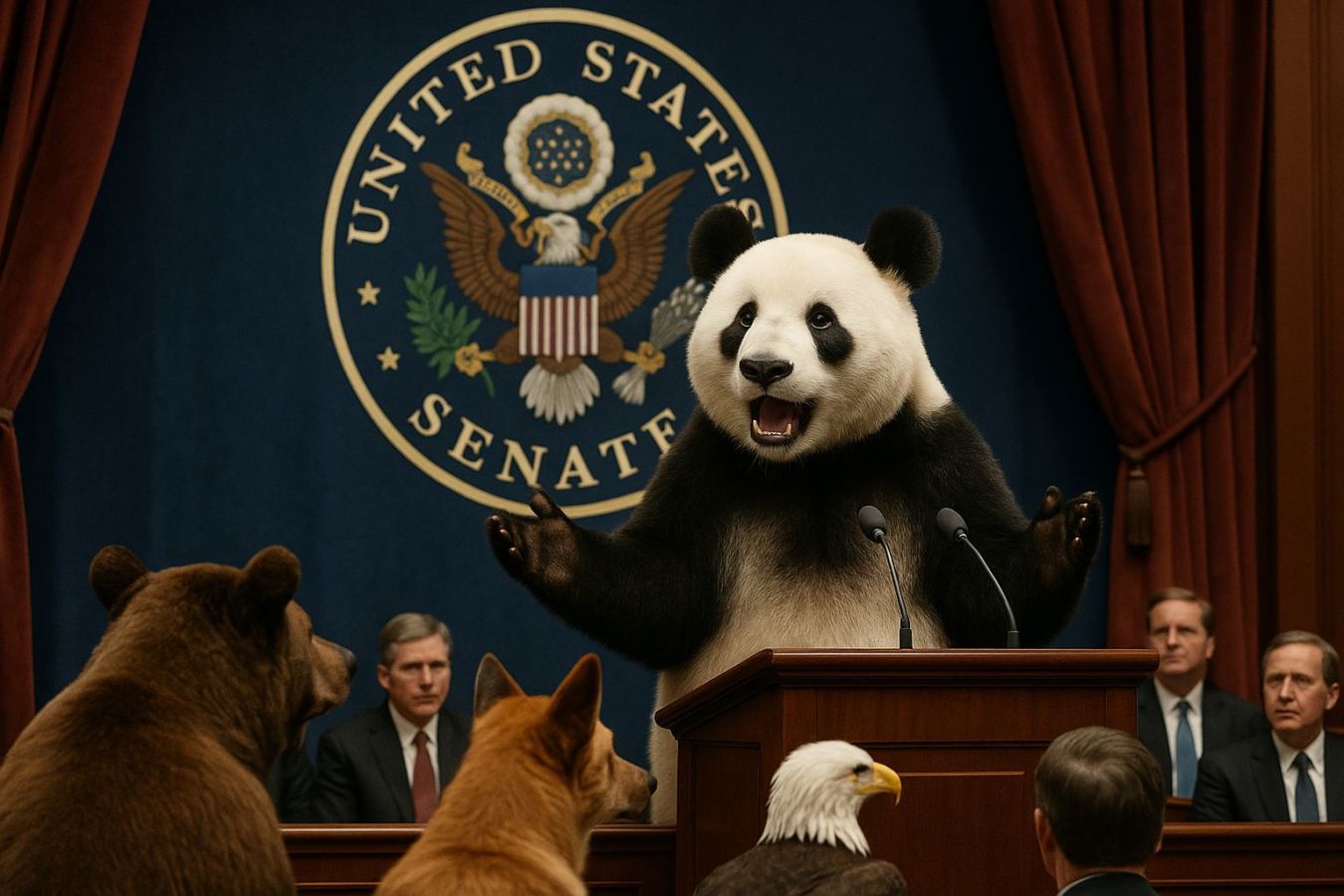Introduction
Founded in 1961, WWF International is today one of the most influential non-governmental organizations in the field of environmental protection. With offices in over 100 countries, it is involved in hundreds of projects aimed at protecting biodiversity, combating climate change, and promoting sustainable development. But behind this impressive facade lies an organization often criticized for its heavy structure and high administrative costs. This article aims to examine the concrete actions of WWF International, its lobbying strategies, and to evaluate the relevance of its expenditures.
The Concrete Actions of WWF International
WWF International is engaged in a multitude of projects around the world. Among its flagship initiatives are the safeguarding of endangered species, the preservation of natural habitats, and the promotion of sustainable agricultural practices. WWF also plays a crucial role in fighting poaching and deforestation by collaborating with local governments and raising public awareness.
Safeguarding Species
One of WWF’s main missions is to save species threatened with extinction. Through its protection programs, WWF has helped increase the populations of several iconic species, such as tigers, giant pandas, and African elephants.
Habitat Protection
WWF works for the conservation of natural habitats, including tropical forests, oceans, and wetlands. These efforts are essential to maintaining biodiversity and ensuring species survival.
The Cost of Actions and the Administrative Structure
A major criticism leveled at WWF International concerns its operating costs. According to several activists, too large a portion of donations collected by the organization is used to fund its administrative structure rather than actions on the ground.
Funding Analysis
WWF International relies heavily on donations and grants to fund its activities. However, an analysis of financial reports reveals that administrative and fundraising expenses account for a significant portion of the total budget. This raises questions about the organization’s efficiency in using the resources entrusted to it.
Transparency and Communication
The lack of transparency in communicating expenses is another point of criticism. Although WWF publishes annual reports, some activists believe these documents do not provide enough detail on the allocation of funds and the real impact of projects.
The Role of Lobbying
Lobbying is an essential component of WWF International’s activities. The organization uses its influence to pressure policymakers and promote favorable environmental policies. While these efforts are often praised, they are also criticized by those who believe this diverts resources that could be better used for direct actions.
Political Influences
As a major player on the international stage, WWF participates in numerous conferences and forums dedicated to the environment. However, its role as a lobbyist can sometimes conflict with conservation goals, especially when the organization partners with companies whose practices are controversial.
Conclusion
WWF International remains an essential player in environmental protection. However, to continue enjoying public trust, the organization must improve its financial transparency and ensure that the majority of funds raised are effectively used for concrete actions on the ground. Reforming its administrative structure could also help increase its efficiency and address the criticisms of some activists who consider the organization too cumbersome and costly.
Sources
https://www.wwf.org
https://www.greenpeace.org
https://www.bbc.com/news/science-environment
https://www.theguardian.com/environment



